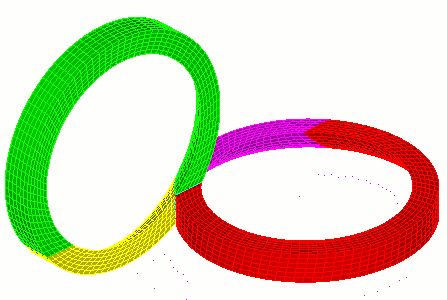
Cubit 15.9 User Documentation

| Webcut | Command |
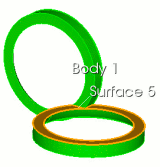 |
CUBIT> webcut body 1 plane surface 5 |
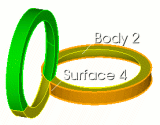 |
CUBIT> webcut body 2 sheet extended from surface 4 |
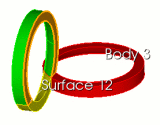 |
CUBIT> webcut body 3 plane surface 12 |
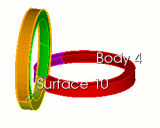 |
CUBIT> webcut body 4 sheet extended from surface 10 |
There are five volumes that result from the webcutting. Two of them are automatically sweepable. Two of them must have their schemes set explicitly, and one of them is meshed using the tetprimitive scheme.
| Webcut | Command |
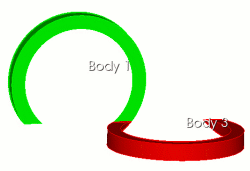 |
One-to-one Sweepable Source and target are set automatically using autoscheme CUBIT> volume 1 3 scheme auto |
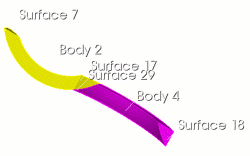 |
One-to-one Sweepable Must have source and target set explicitly CUBIT> volume 2 scheme sweep source 17 target 7 |
|
|
Non-sweepable Use the tetprimitive scheme CUBIT> curve in volume 5 interval 6 |
The final mesh is created at a size of 0.5 for all volumes.
